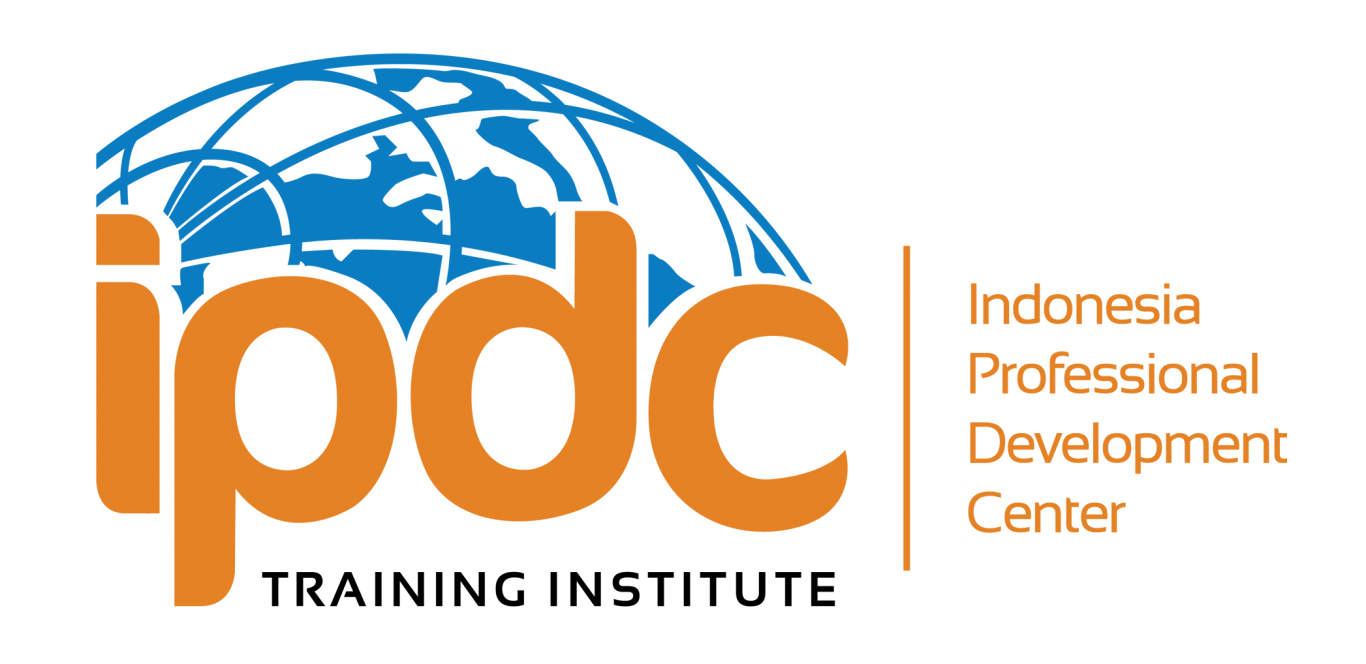The Importance of Ongoing Learning in the Workplace
- ardhy samjaya
- May 14
- 3 min read
In today's fast-paced world, ongoing learning in the workplace is more important than ever. As companies grow and evolve, the skills required to stay relevant change rapidly. This can create a gap between what employees know and what they need to know. Ongoing learning addresses this gap and ensures that employees can meet both personal and organizational goals effectively.
The Role of Corporate Training
One of the key components of ongoing learning is corporate training. This structured method helps employees acquire new skills and knowledge relevant to their job roles. It can take many forms, including workshops, online courses, and one-on-one coaching sessions. According to a report by LinkedIn, 94% of employees would stay at a company longer if it invested in their learning. Corporate training not only helps retain talent, but it also promotes a culture of continuous improvement.

Benefits of Ongoing Learning
Ongoing learning provides various benefits for both employees and employers. Here are a few:
Increased Employee Engagement: When employees feel that their employers are invested in their professional development, they are more likely to be engaged in their work. This leads to higher satisfaction and improved morale.
Enhanced Skill Sets: Ongoing learning helps employees enhance their existing skills and acquire new ones. This adaptability makes them valuable assets to the organization, capable of meeting changing business needs.
Improved Company Performance: Companies that prioritize ongoing learning often see a boost in overall performance. A study by the American Society for Training and Development found that organizations with comprehensive training programs have 218% higher income per employee, along with 24% higher profit margins.
Retention of Knowledge: A well-structured corporate training program can help in creating a knowledge-sharing culture. This ensures that valuable information is retained within the organization, reducing costs associated with employee turnover.

What is Another Name for Corporate Training?
Corporate training is often known by various names that emphasize its purpose. Terms like employee development, professional development, or workforce training might be used interchangeably, but they all underline the importance of preparing employees for the challenges ahead. Regardless of the terminology, the mission remains the same: to empower employees with knowledge they need to succeed in their roles.
Implementing Effective Learning Strategies
To harness the benefits of ongoing learning, companies must implement effective learning strategies:
Assess Learning Needs: Begin with an assessment of the current skills of employees. This allows for targeted training programs that fill existing gaps.
Create a Learning Culture: Encourage a culture where employees feel comfortable pursuing learning opportunities. Reward those who take initiative to learn new skills.
Use Technology: Leverage technology to make learning accessible. Online platforms allow employees to learn at their own pace, making it easier for them to fit training into their busy schedules.
Provide Resources: Ensure that employees have access to learning materials, coaching, and mentorship programs. This can reinforce the importance of continuous skill development.

Barriers to Ongoing Learning
While ongoing learning is essential, several barriers can hinder its implementation:
Time Constraints: Employees often feel overwhelmed with their work responsibilities, leaving little time for training. It is essential for companies to allocate specific time slots for training.
Budget Limitations: Some organizations may find it challenging to allocate funds for ongoing learning programs. However, investing in employee development can yield significant returns.
Lack of Support: If leadership does not prioritize ongoing learning, employees may not feel motivated to participate in training programs. Leadership buy-in is critical for fostering a commitment to employee growth.
The Future of Learning in the Workplace
As technology continues to evolve, so too will the methods of ongoing learning in the workplace. Virtual reality, artificial intelligence, and machine learning are just a few examples of how learning can be transformed. These innovations will not only make training more engaging but also more effective. With these advancements, companies should stay ahead by continuously evolving their corporate training programs.
The importance of ongoing learning in the workplace cannot be overstated. Emphasizing corporate training and providing opportunities for development enables organizations to maintain a skilled, satisfied workforce. By investing in the continuous education of employees, businesses can drive engagement, improve performance, and achieve long-term success.
Incorporating ongoing learning into your organizational culture is not just a trend; it is a necessity. The future belongs to those who are willing to learn and adapt. For more information on effective corporate training programs, visit IPDC.





